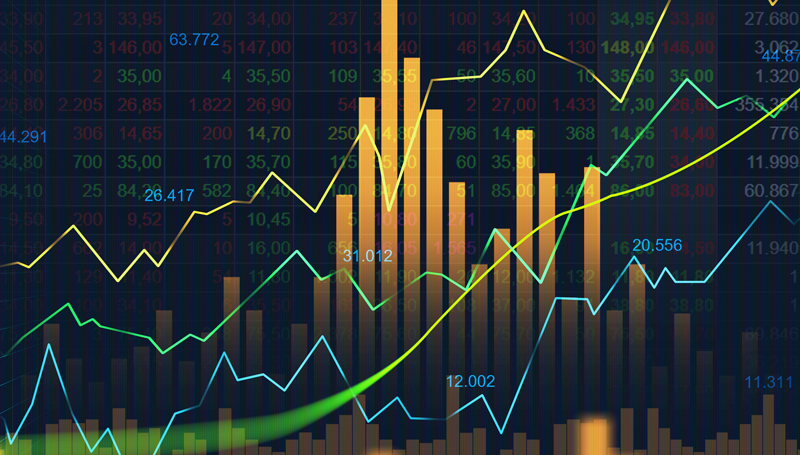

19.07.2022 – The streaming service is a nice example of how important it is to follow real-time news very closely. And to draw cross-connections between the national economy as well as the skills of the management. Maybe Netflix will become a phoenix rising from the ashes. Maybe the stock will burn again. So let’s put the stock under the microscope.

Source: Bernstein Bank GmbH
Doubts about the sense of the lockdowns
In America, where there are no significant TV and radio channels supported by the state, and where there are strong publishing houses that are not bought, pardon: propped up, by the government with advertising campaigns, negative vaccination consequences have been discussed for quite some time. Just like the sense of lockdowns. Ergo, many investors may have come to the conclusion that a quarantine is useless. And with that, the big sales boost for Netflix has broken away. In any case, the stock’s high was right in the big Corona frenzy at the end of 2021, when overnight entry restrictions were declared and wellness rooms were closed. Perhaps the last big subscription wave ran here.
Recession fear
In addition, the fear of an economic crisis is currently causing investors to divest themselves of all assets whose products are not absolutely necessary. Streaming services are certainly not, if inflation eats up household budgets. Food and energy, on the other hand, do. So Netflix is one of the top recession losers.
Get woke, go broke
Another major reason for the decline may, perhaps, be the prevailing top management thinking at Netflix. For example, the investment blog “Portfolio Armor” sees a direct link between the start of the broadcast of “Cuties/Mignonnes” in the summer of 2020 and the crash of the stock – the accusation: pedophilia. The sexualization of children caused outrage, especially among U.S. Republicans, but in intellectual circles here at home and on the East and West coasts, rather blasé indifference. To be fair, we should note that the share price continued to rise for a while after the cuties.
It’s the customers that count
But perhaps such works really are factors in viewer frustration that take time to impact new business. The company had already had to report a surprising decline in its customer base of 200,000 for the first quarter – the forecast had been 2.5 million new customers. The first decline in years! For the second quarter, the Group had announced a further decline in paying subscribers of around two million. The shrinkage is also due to price increases. Reason enough for UBS to lower the price target from 355 to 198 dollars.
The question now is whether Netflix will manage to reverse the downward trend. The means to do so is supposed to be the offer of an advertising-based subscription, which is cheaper than the normal subscription. We are curious. If Netflix surprises positively with its figures, the stock is definitely a catch-up candidate. Especially since the strong subscription figures will not come until the end of the year, when people get cozy in front of the TV at home again during the cold season. Whether long or short – Bernstein Bank wishes successful trades and investments!
Important Notes on This Publication:
The content of this publication is for general information purposes only. In this context, it is neither an individual investment recommendation or advice nor an offer to purchase or sell securities or other financial products. The content in question and all the information contained therein do not in any way replace individual investor- or investment-oriented advice. No reliable forecast or indication for the future is possible with respect to any presentation or information on the present or past performance of the relevant underlying assets. All information and data presented in this publication are based on reliable sources. However, Bernstein Bank does not guarantee that the information and data contained in this publication is up-to-date, correct and complete. Securities traded on the financial markets are subject to price fluctuations. A contract for difference (CFD) is also a financial instrument with leverage effect. Against this backdrop, CFD trading involves a high risk up to the point of total loss and may not be suitable for all investors. Therefore, make sure that you have fully understood all the correlating risks. If necessary, ask for independent advice. CFDs are complex instruments and are associated with the high risk of losing money quickly because of the leverage effect. 68% of retail investor accounts lose money trading CFD with this provider. You should consider whether you understand how CFD work and whether you can afford to take the high risk of losing your money.7
